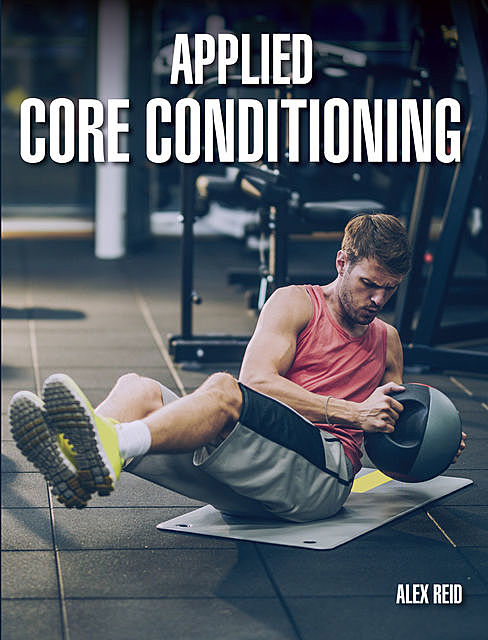
en
Зручніше в додатку:
iOS
·Android
Applied Core Conditioning
- Про книжку
- Цитати3
- Читають2
- На полицях
Ця книжка зараз недоступна
592 паперові сторінки
- Дата публікації оригіналу
- 2019
- Рік виходу видання
- 2019
Цитати
- Grgur Ćorićцитує5 років томуWhat is clear is that everyone is vulnerable to low back pain, especially as the ageing process compromises the body in those three main areas already described – reduction in joint mobility; decrease in muscular strength; and slowing of reaction and movement times.
- Grgur Ćorićцитує5 років томуMuscles of the shoulders and arms are not constantly active but are used intermittently, usually for short periods, to produce large amounts of tension, as in lifting and throwing. These muscles have a higher proportion of Type I and Type IIB fibres. Most skeletal muscles within the body however are a mixture of all three types of fibre, with the proportion varying according to the action of the muscle. For example, the postural muscles of the neck, back and legs have a higher proportion of Type I fibres, which means they are aerobic in nature and have a high resistance to fatigue. This allows them to function at a constant activity level; they are often referred to as tonic muscles.
- Grgur Ćorićцитує5 років томуThere are three main types of muscle fibre – Type I, Type IIA and Type IIB – and each one has a specific role within muscular function.
fb2epub
Перетягніть файли сюди,
не більш ніж 5 за один раз

